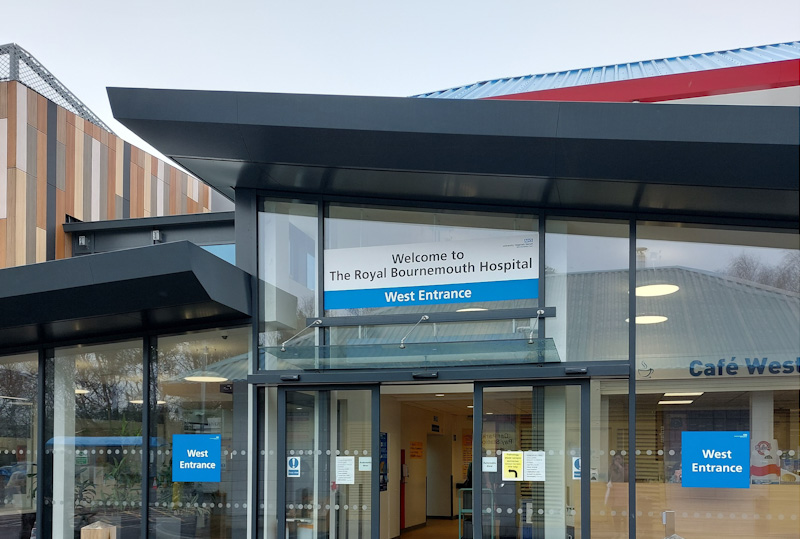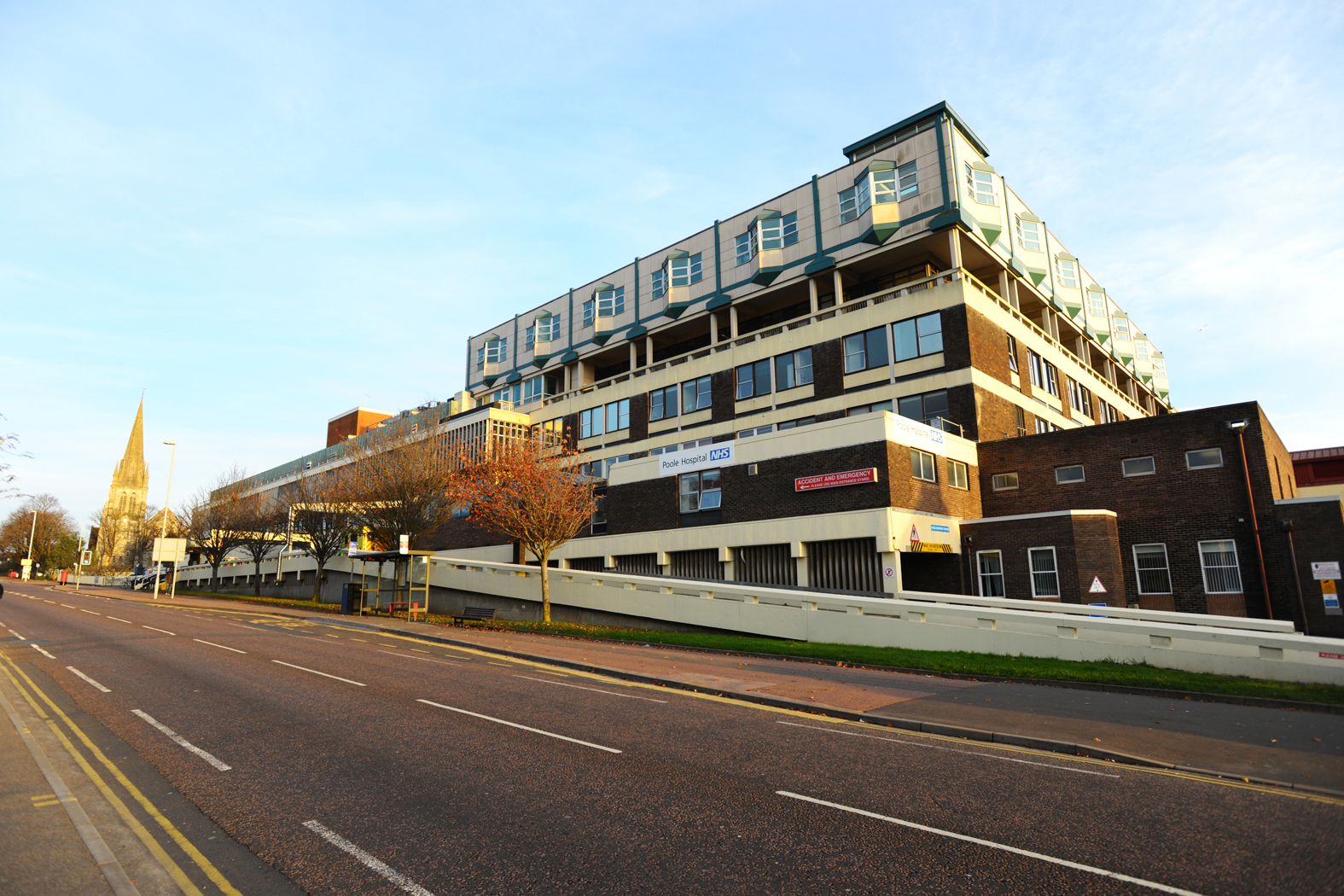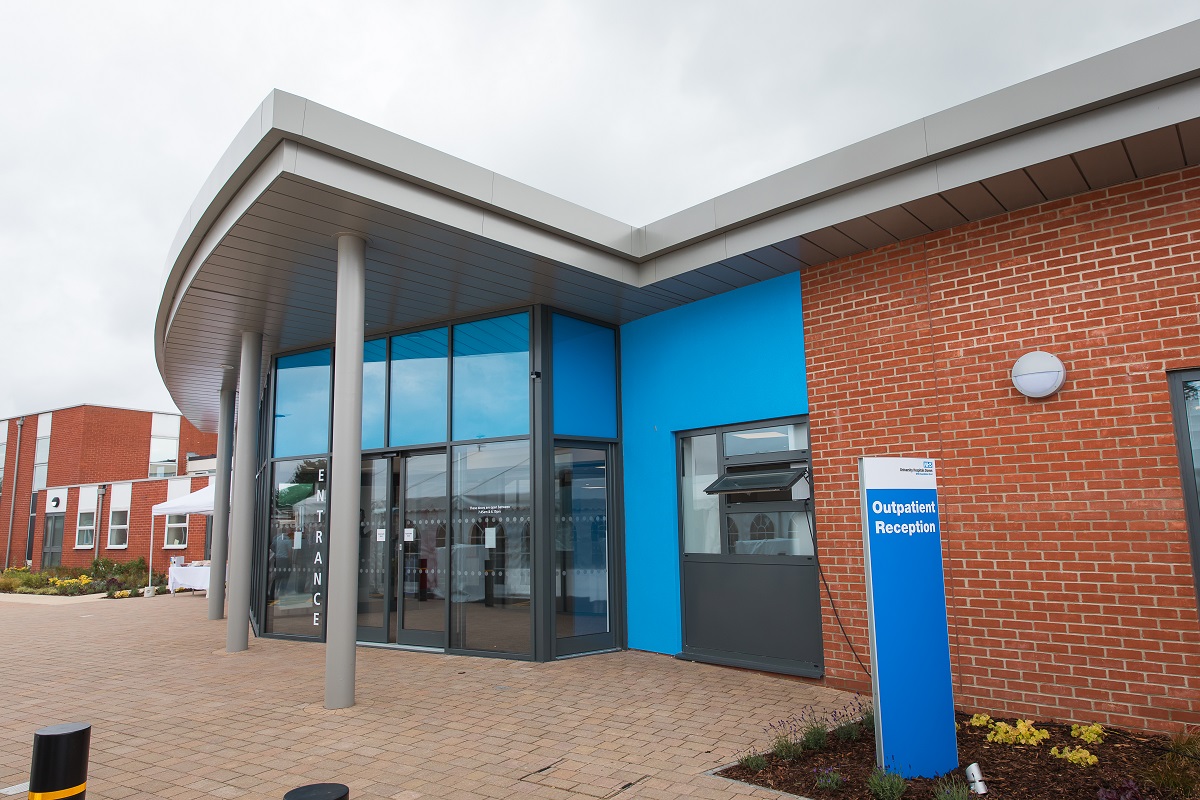Environmental Control Service for Dorset, Hampshire and the Isle of Wight
The Environmental Controls (EC) Service is a regional service covering a catchment population of 2.5 million people.
Please note that we are constantly following regular government updates regarding the management of the Covid-19 outbreak. As a result areas of our service will be disrupted. While the information below describes our normal operation, in order to safeguard the health and safety of our patients, their loved ones, our members of staff and of the wider community in general we will aim to replace face to face contact with telephone conversations where possible. All face to face appointments will only be completed with the consent of our clients and following standard infection control advice. If you have any concerns with regards to the way our service is currently operating in these time please make contact so we can answer any queries.
The service is commissioned by NHS England and managed by The Royal Bournemouth and Christchurch Hospitals NHS Foundation Trust.
The Service is available to all persons of all ages, diversities, medical conditions (acquired or congenital) and place of residence (independent living, with family, residential or nursing care), who have a severe disability, which restricts their ability to independently operate standard handsets for control of the environment and access to computer technology.
The service has 2 regional teams:
Dorset Team - based at Christchurch Hospital, Bournemouth
Manager
Service Lead/Clinical Scientist
Consultant in Rehabilitation Medicine
Clinical Specialist Occupational Therapist
Rehabilitation Technician
Team Administrator
Hampshire Team - based at St Marys Hospital, Portsmouth
Clinical Technologist
Clinical Specialist Occupational Therapist
Rehabilitation Engineer
What is an EC System?
The EC System is portable control box which uses wireless signals (infrared and/or radio signals) to communicate with home appliances. The EC System may be hand held, mounted onto floor or desk stands or onto a wheelchair (dependent on appropriate risk assessment).
A variety of access methods such as switches can be used to operate the system, including switches activated by hand, foot, head or eyes. Some switches require little movement or pressure in order to activate and some minimal.
The EC System can be very simple, enabling someone to carry out a few functions, or more complex, operating multiple appliances and functions; this is dependent on what the individual assessed needs are.
The EC System can be used to control everyday equipment such as
- TV, DVD and other media devices
- Telephone landlines
- Electrical appliances such as fans or lamps
- Pagers that are used to call for assistance (not to be wholly relied on for critical/medical needs)
- Door entry intercoms
- Reclining beds and chairs (if compatible and following appropriate risk assessment)
Who is eligible for the service?
The NHS England EC Service Specification defines what our Service should do and provide and how it should interact with other Services. For further information see the specification document following the link below:
Criteria for provision
A patient would be eligible for the provision of an EC System if:
- There is profound and potentially complex physical disability, such as one that makes the patient unable to operate standard controls for functioning independently in the home. Patient is likely to have significant upper limb impairments
- Simpler and cheaper non customised solutions are not suitable or appropriate
- Patient is cognitively and physically able to operate the EC System consistently
- Patient is motivated to use the EC System
These criteria are guidelines and each case will be assessed and prioritised on an individual basis. Those with a rapidly deteriorating condition and those living or left alone for substantial periods are often considered high priority.
Exclusion criteria
The EC Service may not be able to provide any equipment in cases where:
- Simpler and cheaper non-customised solutions to the identified needs are available and appropriate for the individual
- The patient does not have the cognitive ability or motivation to operate the system
- Social, environmental or other circumstances make the provision of equipment inappropriate
What is the service not able to provide?
Certain aspects of potential provision are outside the funding remit of the EC Service and require referral for funding and provision by other services or 3rd sector services or private funding. These include:
- Electrical, joinery/carpentry or minor adaptations, such as additional phone lines, electrical sockets
- Building adaptations
- Door locks or openers, window and curtain openers
- Page turners
- Telecare equipment
Permissions may be required for integration to other services i.e. door intercoms in rented or housing association property.
Computer Access
This is for patients who have difficulty accessing a computer by conventional means (keyboard/mouse/touchscreen/speech) as a result of a physical disability. Patients must meet the referral criteria as above and our Service will assess and provide an accessible means for operating the patient's own computer. In addition, the patient:
- would expected to be able to use the equipment with the provision of suitable aids or adaptations
- demonstrates an intention to require access to IT to support independence and daily living
- does not have computer access difficulties solely related to sensory disabilities (i.e. visual or hearing impairment)
- does not intend to use the computer primarily for use in educational or work situations or environments
- has a level of computer literacy adequate for the tasks they wish to be able to achieve, or have on-going access to adequate training and support to achieve this (e.g. through local therapist or other service provider)
In some cases, provision of appropriate seating equipment to ensure the necessary postural position and support is a pre-requisite of computer access provision. The seating equipment is to be supplied by other services and therefore may delay Computer access provision.
Potential Provision by the EC Service:
- Specialised computer access equipment
- Training in use of the specialist equipment provided by the EC Service.
Not provided:
- Standard or non-specialised computer access equipment
- Standard or non-specialised computer modifications – e.g. standard operating system adjustments
- The computer device (unless this is part of communication aid or environmental control being otherwise provided)
- Training in general computer or IT use
- Seating equipment necessary to achieve appropriate postural positioning and support.
Specialised computer access equipment:
- is designed specifically to allow computer control by individuals with severe physical disabilities
- is not a standard computer peripheral
- is not a standard operating system setting
- may require custom manufacture or modification
- may be hardware and/or software
What computer access methods are available?
This needs to be determined for each individual user at the assessment. Options may include:
- Specialised computer access equipment
- Alternative keyboards
- Alternative mice - e.g. trakball, joystick touch pad, head mouse, eyegaze
- Accessibility software - eg onscreen keyboards, word prediction, speech recognition
- Switch access
- Computer positioning
Training in the use of the specialist equipment will be provided by the EC Service.
The EC Service is unable to fund the following:
- The computer device itself including the hardware or mainstream software
- Standard or non-specialised computer access equipment
- Training in general computer or IT use
- Seating equipment necessary to achieve appropriate postural positioning and support
Who can refer to the EC Service?
We welcome referral from all health and social care professionals including GPs, specialist consultants, occupational therapists, physiotherapists and specialist nurses and Charity support.
Referrals should made by completing the Dorset, Hampshire and IOW referral form, which you can download from here. Please provide full and detailed information which supports the clinical team in prioritising referrals.
It should be noted that initial assessment with the patient may take between 1-2hrs. This is to ensure a full assessment is made with clarity of client's goals and to ensure appropriate equipment is prescribed.
The equipment is provided on a loan basis. It is expensive and an equipment loan agreement is discussed and provided to the patient at the time of installation.
The service will recover all equipment if no longer required or used so that it can be recycled and provided to other patients following all the necessary refurbishment and decontamination procedures.
If patients are moving house they, should notify the EC Service.
How are patients' needs monitored?
Patients' use of the EC equipment is reviewed by the clinician approximately 1 month post installation and then yearly to ensure the equipment continues to meet their needs. If the patient has condition likely to deteriorate rapidly, they will be reviewed on a more regular basis.
Contact details are also left with the patient so they can contact the Service for advice or if they are having difficulty operating the system due to a change in their circumstances.
Who will install the EC equipment?
The installation may be undertaken by NHS staff or a company that is subcontracted by the Service.
The installation can take up to a day to complete (depending on complexity).
The system will be fully explained and demonstrated on the date of installation by the engineer.
How will the EC equipment be maintained?
The Patient will be given the contact number to call in case of breakdown or fault.
The equipment will also be subject to an annual inspection (Planned Preventative Maintenance - PPM).
If you require any further information, please contact us:
either by calling us on 03000 19 5278
or via emailing us at This email address is being protected from spambots. You need JavaScript enabled to view it.
You can download a copy of our Patient Information Leaflet and our Referral form by following the links below:









